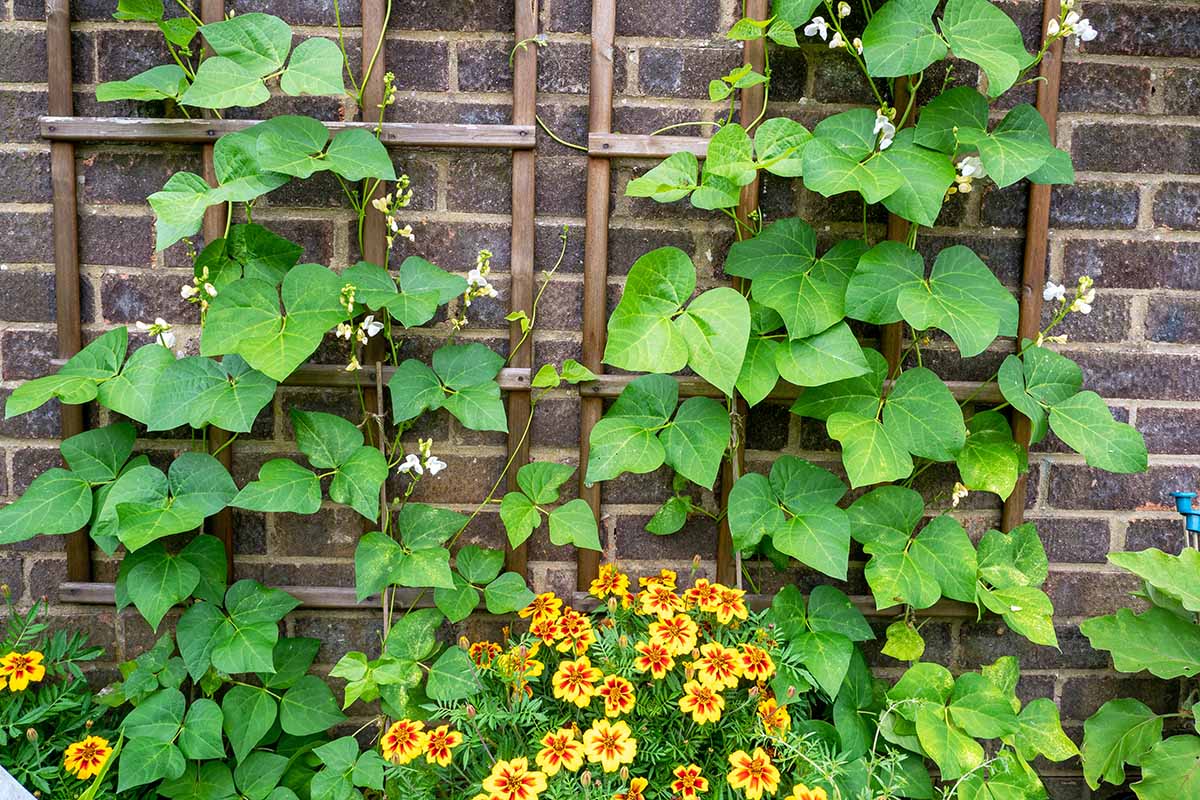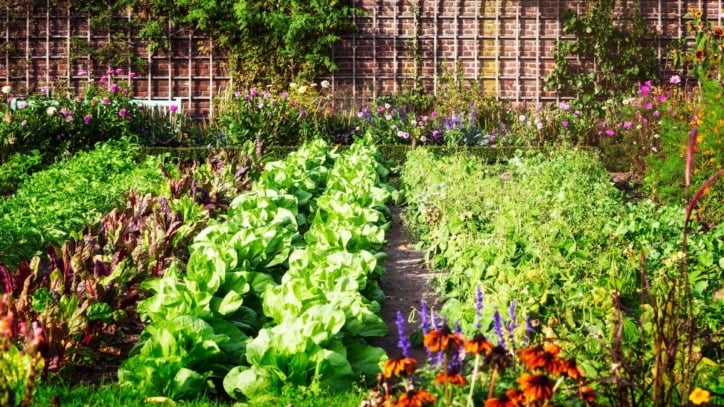The Ultimate Guide To Companion Planting Peas And Beans
The Ultimate Guide to Companion Planting Peas and Beans
Peas and beans are two of the most popular vegetables to grow in the garden. They are both relatively easy to care for, and they can be a great way to add protein and nutrients to your diet. But did you know that companion planting peas and beans can actually help to improve their growth and productivity?
Companion planting is the practice of planting different types of plants together in order to benefit each other. There are many different benefits to companion planting, including:
- Increased pollination
- Improved pest control
- Reduced disease risk
- Enhanced growth and productivity
When it comes to companion planting peas and beans, there are a few specific plants that can really help to boost their performance. These include:
- Carrots: Carrots help to repel pests like aphids and carrot flies, which can be a major problem for peas and beans.
- Cucumbers: Cucumbers help to attract pollinators, which is essential for peas and beans to set fruit.
- Lettuce: Lettuce helps to suppress weeds, which can compete with peas and beans for water and nutrients.
- Onions: Onions help to repel pests like root maggots, which can be a problem for peas and beans.
- Parsley: Parsley helps to attract pollinators and beneficial insects, which can help to control pests.
In addition to these specific plants, there are a few general principles of companion planting that can be applied to peas and beans. For example, it is a good idea to plant peas and beans near plants that have deep roots, as this will help to improve the drainage in the soil. It is also a good idea to avoid planting peas and beans near plants that are heavy feeders, as this could lead to competition for nutrients.
By following these simple tips, you can companion plant peas and beans to create a thriving garden that is both productive and pest-free.
Here are some additional tips for companion planting peas and beans:
- Plant peas and beans in full sun.
- Plant peas and beans in well-drained soil.
- Fertilize peas and beans regularly with a balanced fertilizer.
- Water peas and beans deeply and regularly.
- Harvest peas and beans when they are young and tender.
With a little care and attention, you can enjoy a bountiful harvest of peas and beans from your garden.
Peas and beans are two of the most popular vegetables to grow in the garden, and for good reason. They're delicious, nutritious, and relatively easy to care for. But did you know that you can improve their growth and productivity by companion planting?
Companion planting is the practice of planting certain plants together in order to benefit each other. For example, peas and beans are legumes, which means they can fix nitrogen in the soil. This makes them great companions for other vegetables that need nitrogen, such as carrots, tomatoes, and peppers.
In addition, peas and beans can help to deter pests and diseases. For example, they can repel aphids, cabbage moths, and tomato hornworms. They can also help to improve the drainage of the soil, which can prevent root rot and other problems.
If you're interested in learning more about companion planting for peas and beans, I recommend visiting Gardenia Inspiration. This website has a wealth of information on the topic, including a list of the best companion plants for peas and beans, as well as tips on how to plant them together.
FAQ of peas and beans companion planting
5 Most Frequently Asked Questions About Peas and Beans Companion Planting
Peas and beans are two of the most popular vegetables to grow in the garden. They are relatively easy to care for and can be a great source of protein. But did you know that companion planting can help you grow even better peas and beans?
Here are 5 of the most frequently asked questions about peas and beans companion planting, along with valuable insights and solutions:
1. Should beans and peas be planted together?
Yes, beans and peas can be planted together. In fact, they are considered to be good companion plants. Peas fix nitrogen in the soil, which benefits beans. Beans attract pollinators, which help peas to set fruit.
2. What are some other good companion plants for peas and beans?
Other good companion plants for peas and beans include carrots, celery, corn, cucumber, eggplant, parsley, peppers, and spinach. These plants help to deter pests and diseases, and they can also improve the flavor of the peas and beans.
3. What are some bad companion plants for peas and beans?
Some bad companion plants for peas and beans include tomatoes, potatoes, and onions. These plants can compete with peas and beans for nutrients, and they can also attract pests and diseases.
4. How far apart should peas and beans be planted?
Peas and beans should be planted about 2 inches apart. This will give them enough space to grow and develop properly.
5. How do you care for peas and beans?
Peas and beans need full sun and well-drained soil. They should be watered regularly, especially during hot weather. You may need to fertilize them once or twice during the growing season.
Image of peas and beans companion planting
Here are 5 different images of "peas and beans companion planting" from Pinterest:
- Image 1: A garden bed with peas, beans, and carrots. The peas and beans are climbing up a trellis, and the carrots are growing in the ground below.

- Image 2: A close-up of peas and beans growing together. The peas are in the foreground, and the beans are in the background.

- Image 3: A diagram of companion planting, showing peas and beans planted next to carrots, onions, and tomatoes.

- Image 4: A photo of a woman harvesting peas and beans from her garden. The peas are in the foreground, and the beans are in the background.

- Image 5: A collage of images showing different ways to companion plant peas and beans.

Post a Comment for "The Ultimate Guide To Companion Planting Peas And Beans"